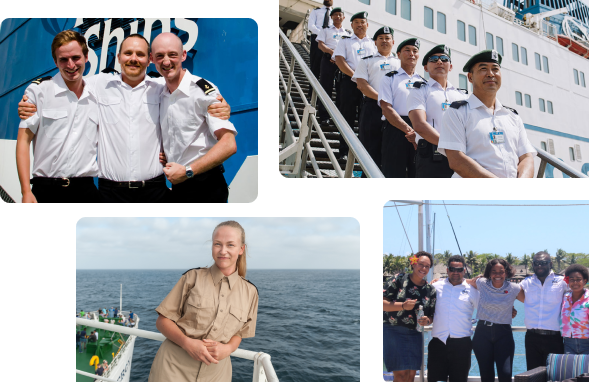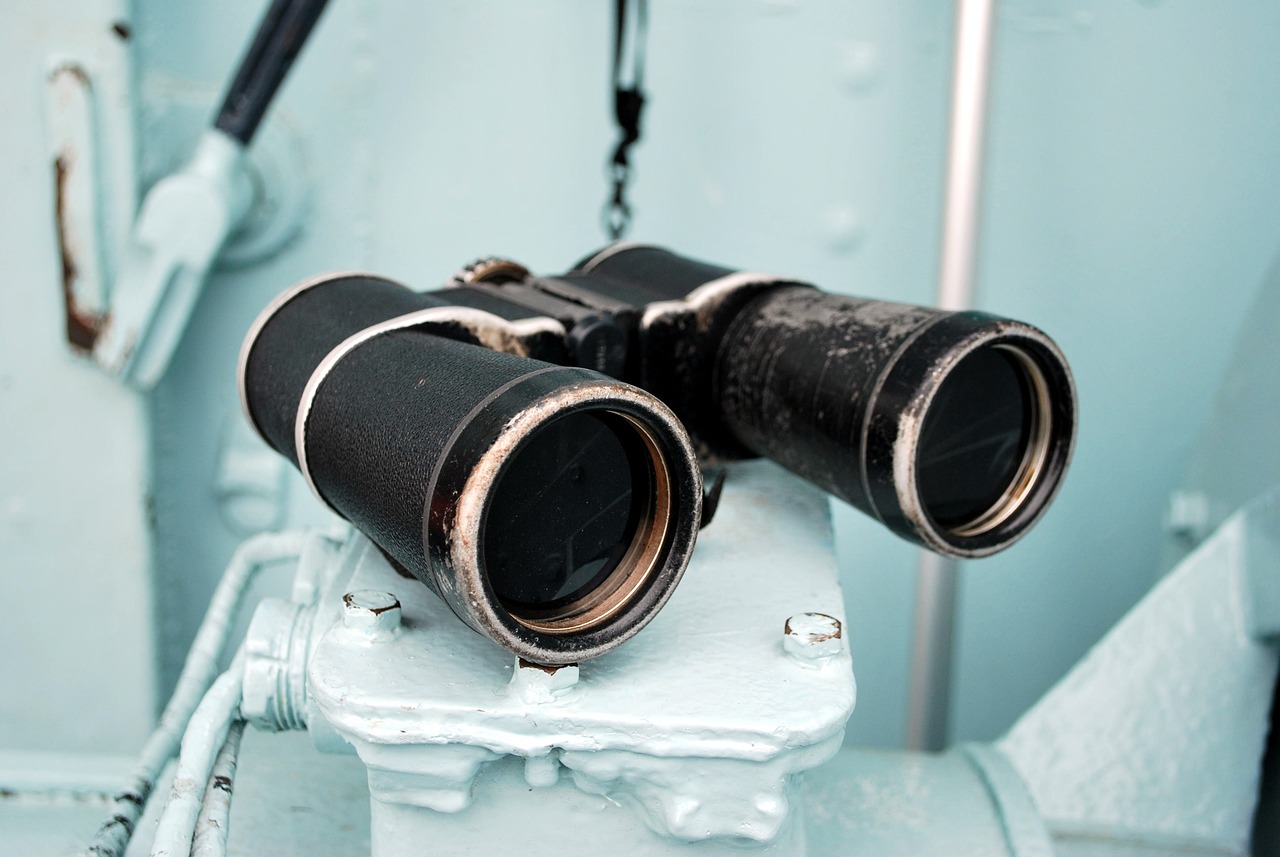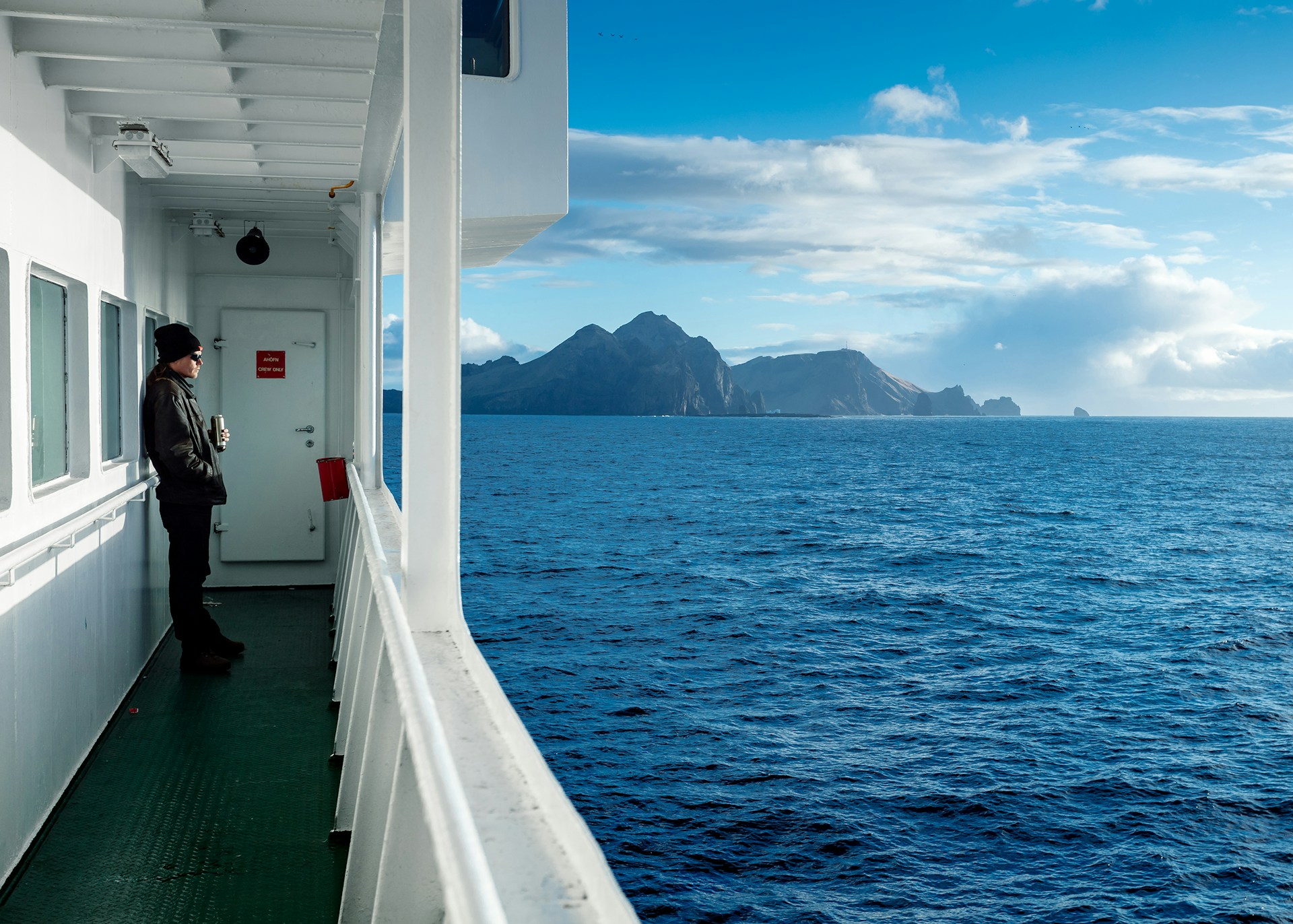There have been many changes and upgrades in ship navigation since the early days of maritime exploration. From the ancient Egyptians utilizing the stars to chart the Nile to the advent of radar and sonar in the 20th century, ship navigation has come a long way.
But even though sailors of today employ GPS and other high-tech gadgets to navigate their vessels across treacherous waters, the principles of a safe navigational watch remain the standard and protocol.
But what is a navigational watch? How does one take over?
In this post, we’ll learn more about the practice that ensures safe passage and a good journey. So, if you’re dreaming of becoming an Officer On Watch (or just plain curious about how the watch starts and ends), read on.
What is a navigational watch?
The bridge of a large vessel is a bustling place, with officers and crew continually traveling back and forth between the different stations.
There are always some important activities that need to be performed to secure the safety of the ship and its crew.
A navigational watch is one of them; this is when the spotters are attentive, and the vessel is managed safely.
It is the protocol to have a deck officer assigned to keep watch on a ship’s bridge. The said officer is called the Officer On Watch or OOW.
Photo by Official U.S. Navy Page via Flickr
Getting to know the crew: The Officer On Watch
Basically, the OOW ensures that navigational watch responsibilities are carried out safely and efficiently by coordinating the actions of the other crew members and monitoring navigation.
In order to do this efficiently, several basic rules must be observed to maintain the safety of the vessel and its crew.
The OOW is also a representative of the ship’s master and is handed the very important task of ensuring that the vessel is safe and smooth sailing.
Usually, the OOW is not alone. He or she is in command of the bridge team, who will be there to support them in the navigational watch process.
Lastly, the OOW is also accountable for guaranteeing that the ship complies with COLREGS and that all the commands of the master are followed with maximum safety under all scenarios.
The STCW, 1978, as modified, COLREGS, 1972, and SOLAS 1974 all have direct implications for watchkeeping methods and personnel regulations for commerce ships.
Outlined below are the requirements of the STCW:
- The bridge should be manned at all times by an appropriate number of qualified officers.
- All staff on the watch are familiar with the vessel’s layout, equipment, and emergency procedures.
- Equipment is kept in good functioning order.
- Lookout duties are performed diligently.
- The safe navigation practices are properly observed.
- All watchkeepers are fit for duty. Watchkeepers must be given a minimum of ten (10) hours of rest in any 24-hour period and a minimum of seventy-seven (77) hours of rest in any 7-day period.
- Vessels must perform the navigational watch.
- Watchkeepers must have the proper certifications following the STCW requirements.
- There should be watch arrangements. Handing and taking over the watch are correctly stated and rigorously adhered with.
- The vessel should maintain the required safe speed while considering the ship’s maneuvering characteristics. This should be especially practiced in periods of minimal to zero visibility.
Taking over a navigational watch
If you’re a deck officer, one of your most crucial responsibilities is bridge navigational watch.
Being at sea requires that the bridge be manned and that navigating officers remain vigilant at all times.
This means that the watch is taken over by a new officer on watch every day, depending on the watch arrangements on the particular ship. The new OOW needs to be well-informed about all relevant information, so this brief period of transition is crucial.
When taking over the navigational watch, the primary objective is to guarantee the vessel’s and its crew’s safety. Therefore, the watchkeeping officer needs to make sure that the relieving officer is fit and capable of handling the watch before giving it to them.
The master must be informed if there is any reason to believe that the relieving officer is unable to carry out the watch’s responsibilities effectively.
It is absolutely necessary for the watchkeeping officer and the relieving officer to exchange all pertinent information. When a maneuver is being carried out, handing over should be delayed.
While taking over a bridge watch, the following are some helpful guidelines and brief notes on the eight most crucial aspects that should be checked and confirmed.
1. Ship’s position, speed, and course
The ship’s position and speed should probably be checked first.
During your watch, check the courses that will be steered, taking note of the chart’s course alteration points and any perceived dangers along the intended track.
2. Traffic density
Ascertain the traffic circumstance outside outwardly and by the data given by the Automatic Radar Plotting Aids (ARPA).
3. Climate conditions
Check the weather pattern. Keep an eye on the speed, direction, and the current’s set and drift.
4. Bridge equipment
Confirm that every piece of bridge equipment works and can be set up to meet your needs.
5. Logbooks, checklists, daily orders
Make yourself aware of what happened in the previous watch. Look at the entries in the logbook. Read any checklists or standing orders.
6. Readiness of the lookout and helmsman
Check if the lookouts are properly stationed, and your helmsman is readily available.
7. Activities on deck or in engine room
Take note of any activities occurring around the engine room and ship deck.
8. Adequate briefing from the relieved officer
Make sure the relieved officer gives you a thorough and satisfactory briefing.
To summarize
Life at sea is never predictable. One moment everything’s calm and smooth sailing. And then the waters can turn rough, the weather may become stormy, or you could even experience faulty equipment or some other such misfortune.
And that’s why there’s a need for constant vigilance.
As a deck officer, you’re tasked with probably one of the most important jobs—keeping your crew and ship safe.
Are you ready to take on the navigational watch? Are you looking for more opportunities? Then, we’re here for you. Martide is a world-class maritime recruitment and crew management software trusted by leaders in the industry.
Browse our job vacancies or build a resume to kickstart your career today.

Tricia Tan
Former content writer at Martide.

is the only site for maritime jobs




